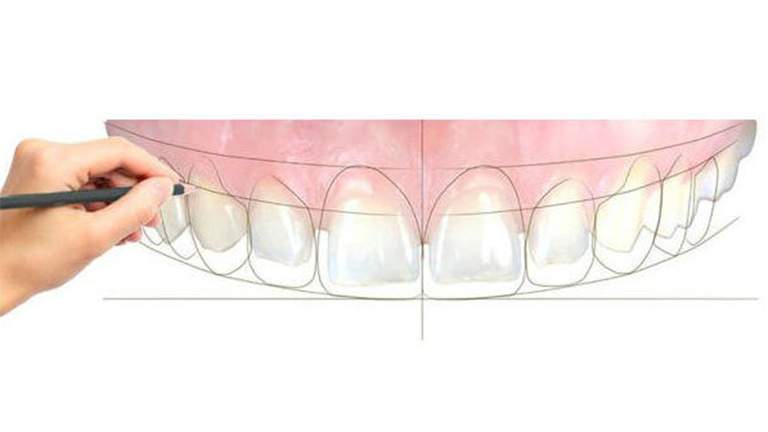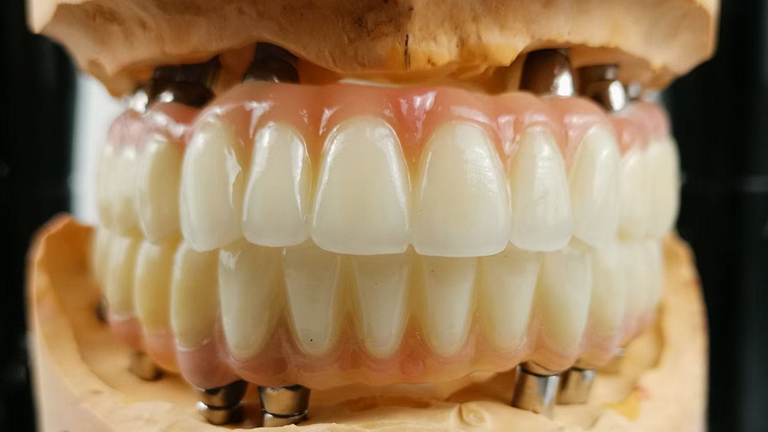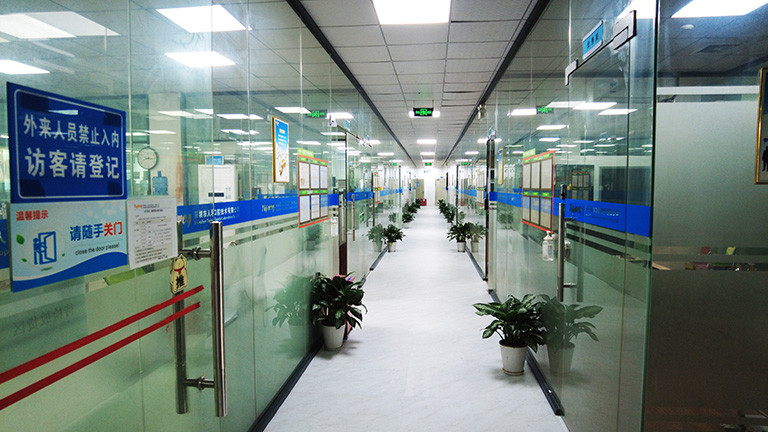From Veneers to Braces: Factors Affecting the Cost of Dental Design
If you’re thinking of upgrading your smile through dental design, there are several factors that will play a significant role in determining the cost of your treatment. The wide range of options available will affect your budget, and certain procedures will inevitably be more expensive than others. In this blog post, we will discuss some of the factors that can impact the cost of dental design and help you make informed decisions about your dental care.

The first factor that influences the cost of dental design is the complexity of the procedure. More complex cases require greater expertise and the use of specialized materials, both of which can drive up the overall cost. Additionally, the number of teeth involved in the design will also affect the cost of the procedure.
Another factor that affects the cost of dental design is the location of the dental clinic. The cost of living and dental services vary from country to country and even from region to region. Thus, the cost of dental design may vary depending on where you receive your treatment.
The reputation and experience of the dentist also play a significant role in determining the cost of dental design. Experienced and highly skilled dentists may charge more than less experienced dentists for the same procedure. However, the quality of the work provided by an experienced dentist is typically more reliable, which justifies the higher cost.
The materials used in dental design also contribute to the overall cost of the procedure. High-quality materials, such as porcelain and ceramic, are more expensive than other materials used in dental design, such as composite resin. The durability and longevity of these materials are also factors to consider when making the investment.
Before committing to a dental design procedure, it is important to discuss the costs with your dentist. Understand the specifics of the procedure and any potential complications to ensure you are making an informed investment decision. Ask your dentist for more affordable options and explore financing options if necessary.
1. Type of Dental Procedure
The type of dental procedure you choose to undergo will have a significant impact on the overall cost of your dental design. For instance, veneers, implants, and braces are some of the most popular cosmetic procedures available and can vary widely in price depending on the complexity of the work involved. Veneers, which require less prep time and have a relatively simple procedure, are usually more affordable than implant procedures or braces that involve multiple appointments over extended periods.
2. Location
The location of your dental clinic can also affect the cost of dental design treatments. The cost of living, rent, and other overhead costs vary from one region to another, and this can influence the price quoted by dental clinics. Generally, clinics located in larger cities or more affluent neighborhoods tend to be more expensive, whereas those located in rural areas or with less overhead have more affordable prices.
3. Experience of the Provider
The experience of your dentist or orthodontist is another factor that can affect the price of the treatment. Generally, more experienced providers charge more for their services, as they have greater skills and a reputation for excellent results. If you opt for an inexperienced or less qualified practitioner, you may save on costs, but you risk compromising the quality of care and the final outcome.
4. Technology and Equipment
The use of advanced technology and equipment during dental design procedures can raise the cost. For instance, digital X-rays, intraoral cameras, and other diagnostic equipment can increase the accuracy and effectiveness of treatments, but they come at a higher price point. Similarly, orthodontic braces that use cutting-edge materials or invisible aligners can be more expensive compared to traditional metal braces.
5. Additional Fees and Overhead
Aside from the cost of the actual procedure, other incidental expenses can accumulate during the dental design process. This may include anesthesia fees, follow-up appointments, prescription medication for post-operation pain, and more. Moreover, some clinics may charge additional fees for services like postoperative care, office visits, and dental models that are necessary for specific procedures.
Conclusion
The cost of dental design varies depending on several factors, and it’s crucial to consider all these factors when planning your treatment. By working with a licensed and experienced practitioner, you can achieve the best possible results for your dental design needs. If you’re concerned about the cost of dentistry, consider looking for dental financing options, such as payment plans, dental insurance, or third-party financing companies to spread out the cost of your procedure. With proper planning and the right provider, you can achieve the dazzling, healthy smile you’ve always wanted.




